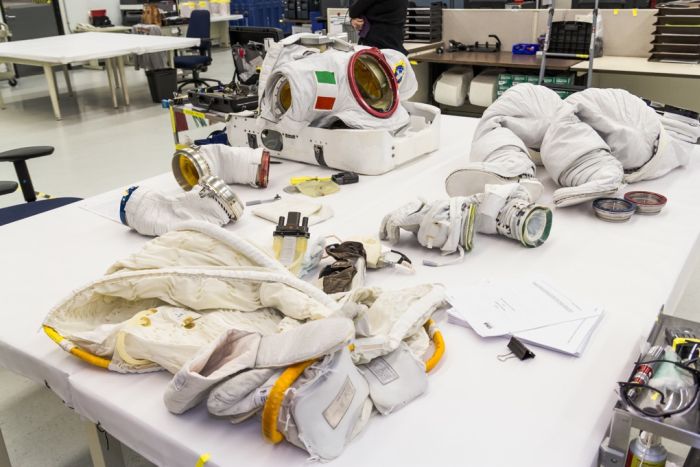|
|
Neutral Buoyancy Laboratory Training Facility, Houston, Texas, United States
|
One downside of using neutral buoyancy to simulate microgravity is the significant amount of drag presented by water. This makes it difficult to set an object in motion, and difficult to keep it in motion. It also makes it easier to keep the object stationary. This effect is the opposite of what is experienced in space, where it is easy to set an object in motion, but very difficult to keep it still. Generally, drag effects are minimized by doing tasks slowly in the water. Another downside of neutral buoyancy simulation is that astronauts are not weightless within their suits, meaning that as an astronaut tilts the suit they are forced to lean against whatever inside surface is facing down. This can be uncomfortable in certain orientations such as heads-down. Thus, precise suit sizing is critical.
Alternative microgravity simulators
The other primary method used by NASA to simulate microgravity is the so-called "Vomit Comet", an aircraft which performs a number of parabolic climbs and descents to give its occupants the sensation of zero gravity. The vomit comet reduces the problem of drag in weightless simulation. The main shortcoming of this method is its time limitations - periods of weightlessness are limited to around 25 seconds, interspersed with periods of acceleration of around 2 g as the aircraft pulls out of its dive and readies for the next run. This is obviously not suitable for practicing EVAs, which usually last several hours.
|
|









